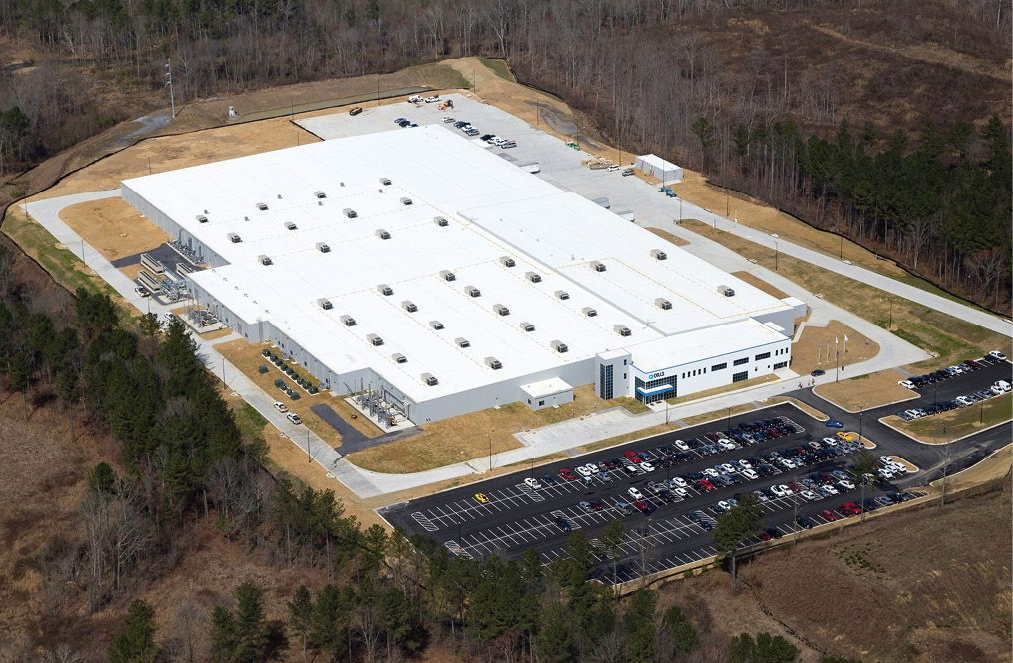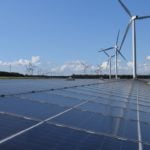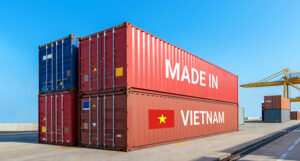Scientists simulated several liquid air energy storage systems, comparing round-trip efficiency across configurations that include liquefied natural gas (LNG), solar, and Stirling engines, and further optimized performance using particle swarm methods.
August 4, 2025
Lior Kahana
Image: Xi’an University of Science and Technology, Computers & Chemical Engineering, CC BY 4.0
A research team led by scientists from China has explored the integration of the Stirling engine, LNG, and solar energy into a liquid air energy storage (LAES) system. Using Aspen HYSYS and MATLAB, the group modeled and optimized different combinations of those components.
“An LAES system with 3 compressors and 3 expander stages is adopted as the base case for the study in this paper. An Organic Rankine Cycle (ORC) is used to recover the surplus compression heat of the 3C+3E LAES system. The optimized round trip efficiency (RTE) of the base case is 65%,” the group said. “Based on this, different thermal energy recovery systems and external heat sources and sinks are integrated to improve the RTE of the LAES system.”
Using Aspen HYSYS, the team combined an LAES system with a Stirling engine to recover surplus compression heat during discharge. In the LNG regasification-integrated LAES, the system used cold energy from LNG for cooling during air compression and liquefaction. The inlet temperature was −151.1 C, and the outlet temperature was −141 C.
The team also evaluated an LAES integrated with solar energy, using solar thermal energy to boost power output during discharge. They assumed solar irradiance of 850 W/m².
“The particle swarm optimization (PSO) algorithm is used to obtain the optimal RTE or economic performance for different LAES systems,” the group explained. “There are two ways to find an optimal condition for this system: (1) consider the solar energy as a heat input in the RTE calculation, or (2) consider the economic profit of the solar energy storage system. Although the energy efficiency could be improved with a large amount of solar energy input, the investment cost of the molten salt and the storage tank would also increase. Therefore, there will be an optimal value for the investment cost.”
According to the results, the optimized traditional round-trip efficiency (RTE) of the stand-alone LAES-SE system is 68.20%, or 3.20 percentage points higher than that of the basic LAES-ORC system. When LNG regasification replaces water as the heat sink, the optimized traditional RTE rises from 68.20% to 73.79%. Among all LAES systems studied, the Solar-LAES-SE system achieves the highest traditional RTE at 173.5% when optimized with respect to energy.
“It is more efficient to utilize the LNG regasification process directly by contributing to air liquefaction in the cold box and to decrease the air temperature before compressors in the charging part (102.80%) than being limited to act as a heat sink for the Stirling Engine using surplus compression heat (73.79%) when similar quantities of LNG cold energy are supplied,” the team said. “For the Solar energy integrated LAES systems, Solar-LAES-SE has the highest optimal revised RTE (69.18%), followed by the Solar directly heated LAES (59.93%), while Solar-LAES-ORC has the lowest optimal revised RTE (58.49%).”
They presented their results in “Improving Round Trip Efficiency (RTE) in liquid air energy storage by integration with external thermal energy sources,” which was recently published in Computers & Chemical Engineering. The research was conducted by scientists from China’s Xi’an University of Science and Technology, Sinopec Engineering Incorporation (SEI), the Southwest Petroleum University, Xi’an Jiaotong University, and the Norwegian University of Science and Technology (NTNU).
This content is protected by copyright and may not be reused. If you want to cooperate with us and would like to reuse some of our content, please contact: editors@pv-magazine.com.
Popular content
https://www.pv-magazine.com/2025/08/04/lng-solar-collectors-improve-round-trip-efficiency-of-laes-systems/




